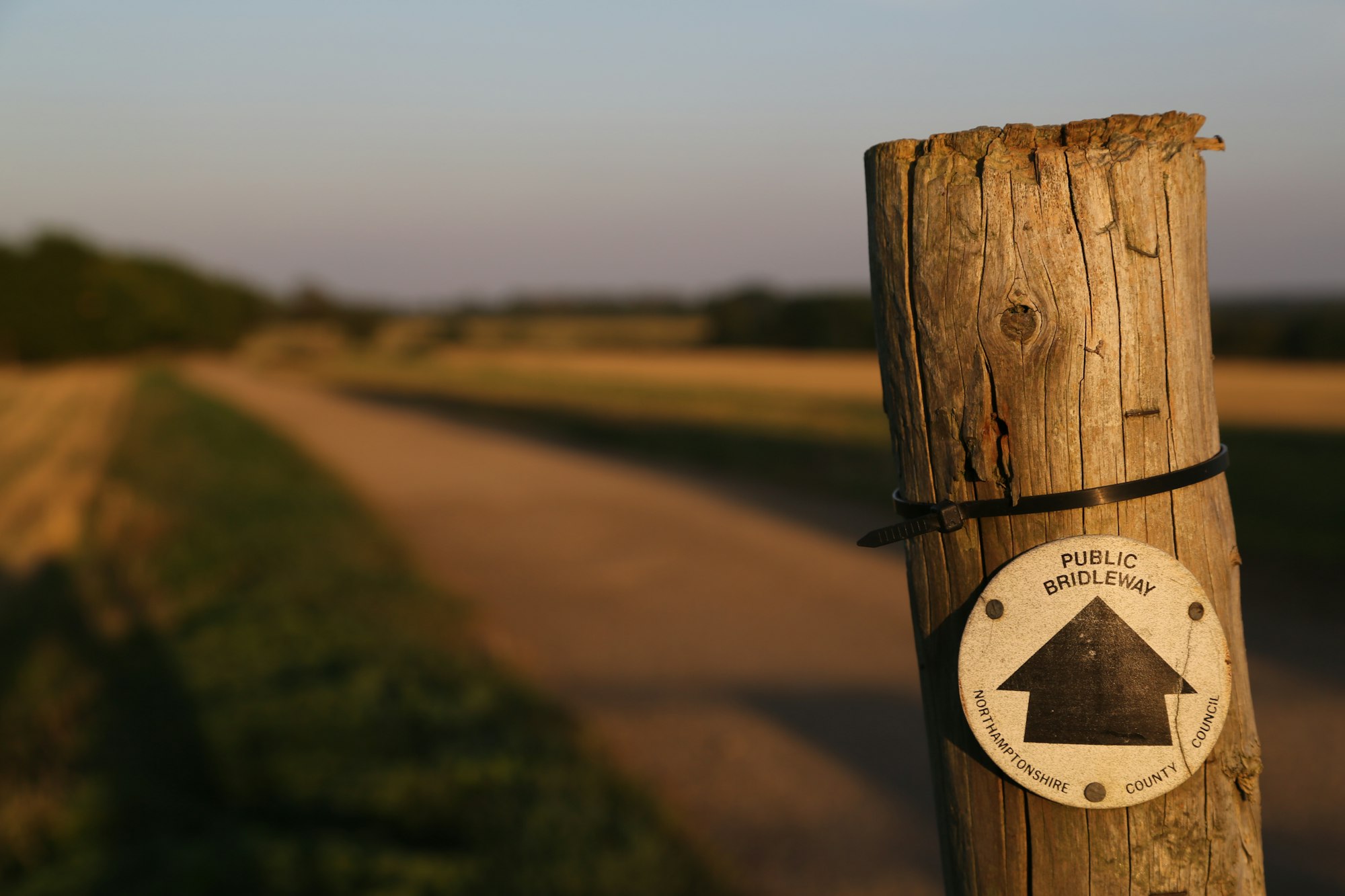Rights of way or a right to roam?

Out of 47 English counties, 29 have under 2km of footpaths per km2; and out of these, 22 counties have less than 5% of land available for public access.
One of the challenges Right to Roam campaigners often hear is: “We already have excellent footpaths here in England – you don’t need any more access!”. But the truth is we need both.
While our footpath network (which The Ramblers puts at 140,000 miles in England) offers many people the opportunity to explore trails and rights of way – in many cases this falls well short of what we might expect from an accessible countryside.
Footpaths are important in ways that access land cannot replace, but broader access also helps to augment and enhance footpath networks.
The Countryside and Rights of Way act (CRoW) 2000 gave access to 8% of England – most of which is in the north of the country, with some exceptions in the south. Here we can see the darker shaded counties with the highest % of access land.

Taking into account existing access land, and allowing for urban areas, we can work out a footpath access index (km of Public rights of way per km2). Here we can see that the darker blue shading as highest density of footpaths outside of urban extent, and when allowing for current access land in each county.

There are some winners here – notable for a wealth of rights of way in counties without a lot of access land are Surrey (3.4 km of footpaths per km2) and the West Midlands (5km of footpaths per km2). In these counties, rights of way do help to offset a general lack of access to the countryside.
However, for many counties with low percentages of access (CRoW) land, there is also a dearth of public rights of way in the countryside. Out of 47 English counties, 29 of them have under 2km of footpath access per km2; and out of these, 22 counties have less than 5% available access (CRoW) land.
Lincolnshire, for example, has just 0.6% of the county area marked as access land; and, to make matters worse, has available only 690m of footpaths per square kilometre. Cambridgeshire has just 0.4% of the county designated under CRoW, and just over 1km of rights of way per km2 putting it well under the 2.4km average. There are many more such examples.
Elsewhere, where counties have a healthy amount of access land, the land outside of CRoW designation can be sadly lacking - such as here in Devon, where, beyond the open landscape of Dartmoor with it's wide ranging freedom to explore, there is only 870m of footpaths per square kilometre. Those who do not live within or close to the national park in this county are presented with some of the lowest levels of access in the whole country.
Where city authorities are concerned there is more analysis to do in order to recognise the availability of urban greenspace; so too, we need to take into account inland water bodies such as those in Cumbria - but nevertheless the overall picture remains the same: footpaths are not a substitute for access to the countryside.


Of course, footpaths do provide broader accessibility in some places which wider access rights wouldn't help with - for example, Access for All paths allow people to walk, wheel and ride routes which wouldn't otherwise be possible. Active travel is supported by these essential routes and they should be equally supported and resourced. Sustrans are doing a lot to support active travel on such routes:
https://www.sustrans.org.uk/about-us/paths-for-everyone
But sadly, our footpath networks are fragmented and under threat of being lost in places. While being proud of rights of way as part of our heritage, it's possible to also see the shortcomings of a path-only access to the countryside and how broader access would further enhance routes such as those brilliantly championed by SlowWays, but which, for now, are limited by footpath provision and roads in many parts of the country.
So, what about Scotland? North of the border, footpaths remain important despite broad access rights. The Scottish Core Path network is part of the local authority statutory duty to provide reasonable access. Paths are still important in Scotland despite the 2003 Land Reform Act which gave public access to the vast majority of the nations land.
It's not a choice between footpaths or wider access rights in the countryside - we need both means of access to overcome barriers preventing people from getting into the countryside and to move toward a position where exclusion from nature is the exception rather than the default. A Scottish style land reform act would recognise this need, and would put in place provision and protection for a diverse set of means of access to the English countryside, including both footpaths and a right to roam.
